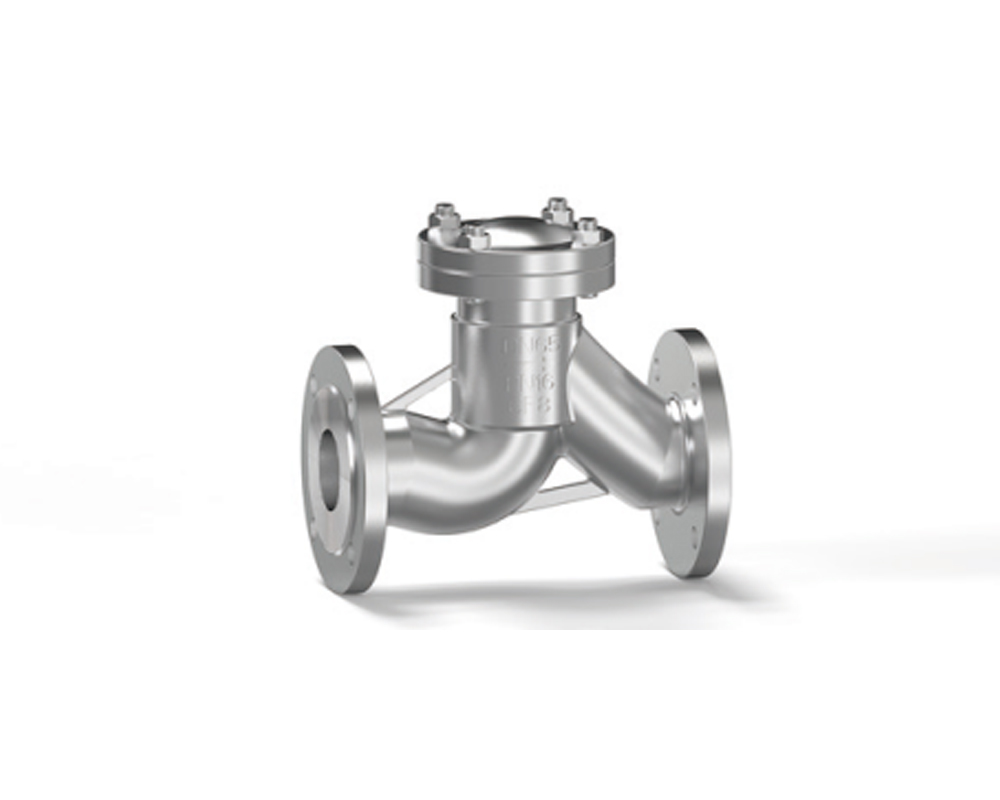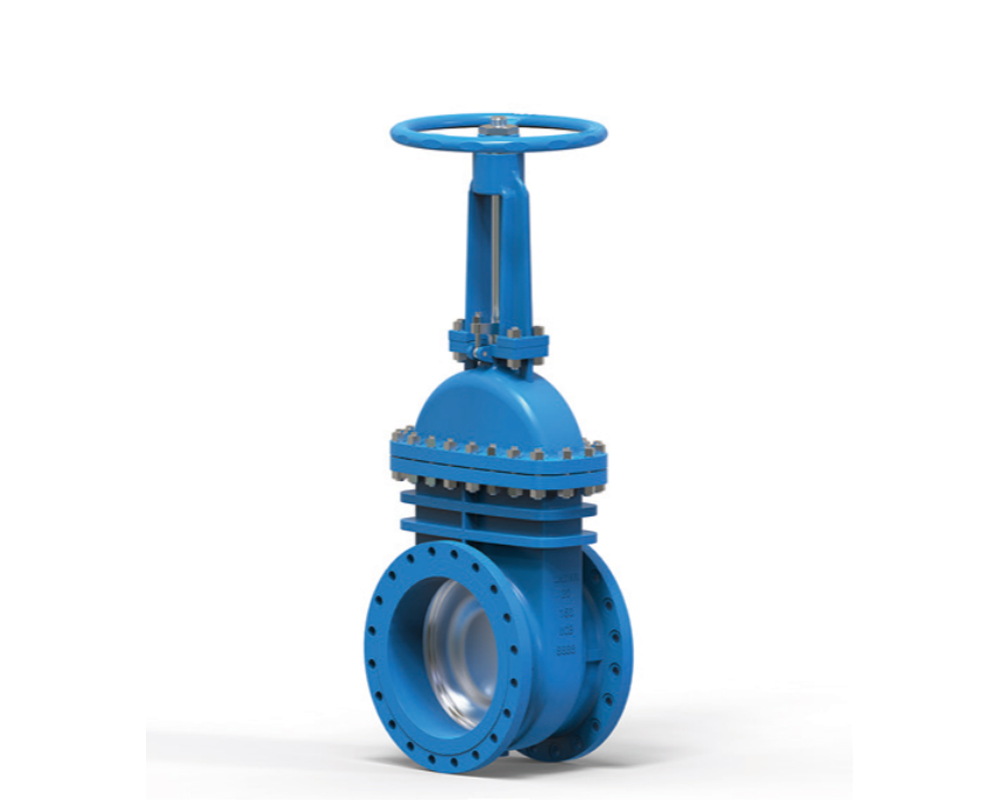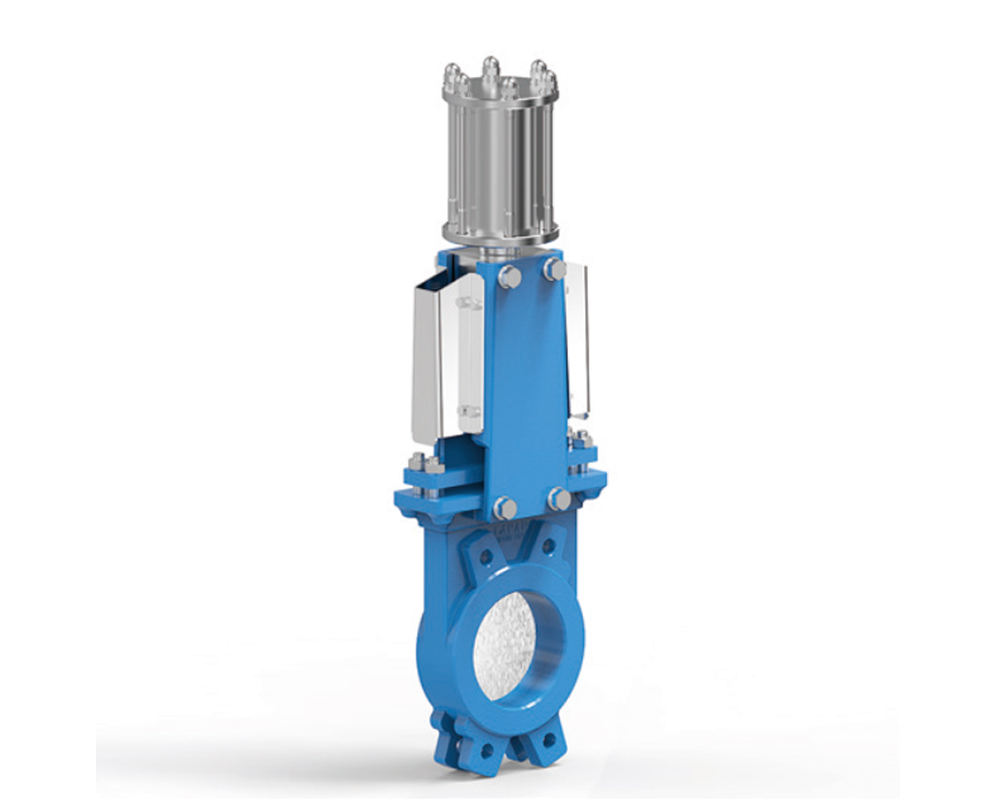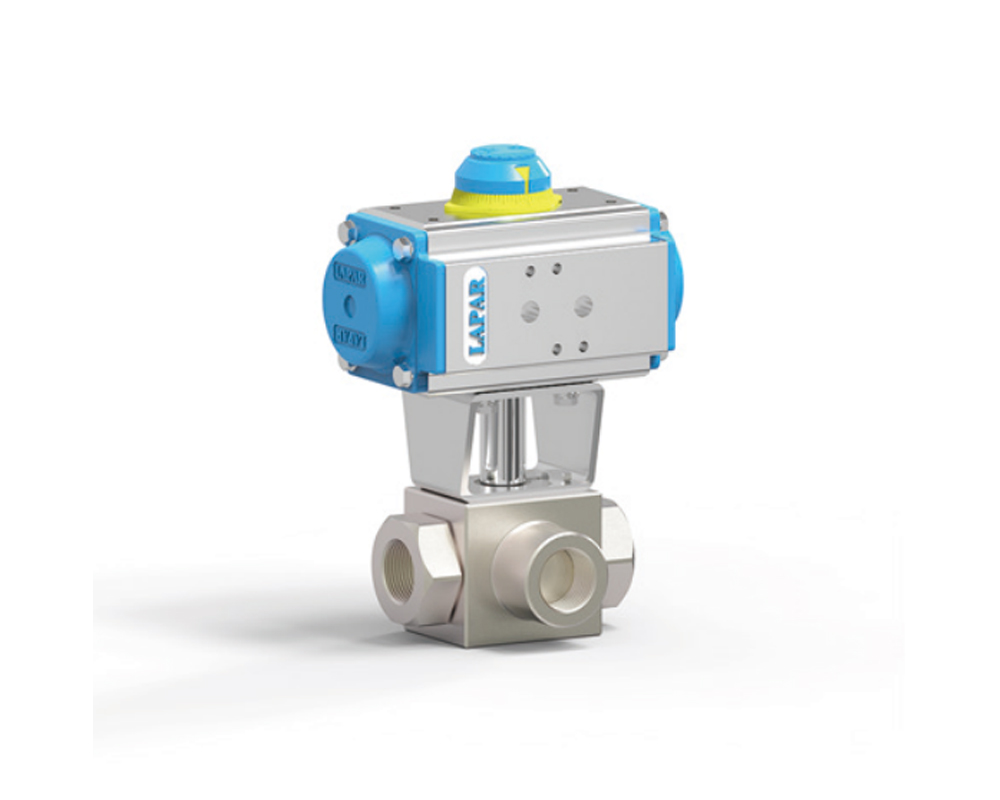-
WhatsApp +8619952575698
-
Address Nantong City, Jiangsu, China
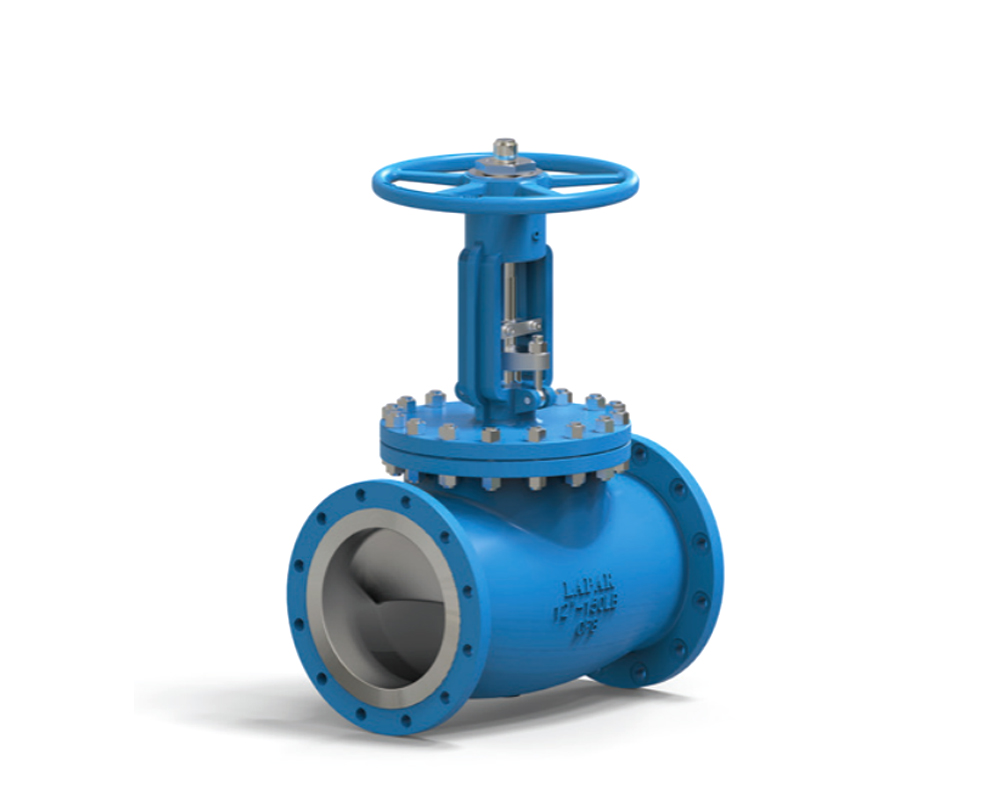
LPJ11-Shut-off valve
Globe valves are a common valve type, also known as globe valves. It is a forced sealing valve, so when the valve is closed, pressure must be applied to the valve disc to force the sealing surface not to leak.
The opening and closing part of the stop valve is a plug-shaped valve disc. The sealing surface is a flat or sea cone surface. The valve disc moves linearly along the center line of the valve seat. Because the valve stem has a relatively short opening or closing stroke and has a very reliable shut-off function, and because the change in the valve seat opening is proportional to the valve disc stroke, it is very suitable for regulating flow.
According to the connection method, stop valves can be divided into three types: flange connection, thread connection and welding connection. The direction of the medium passing through the stop valve can be changed as needed. After the emergence of self-sealing valves, the medium flow direction of the stop valve is changed from the top of the valve disc into the valve cavity.
Additionally, there are various types of globe valves depending on their application requirements and materials. Here are some common globe valve types:
1. Fluorine-lined stop valve: This kind of valve is suitable for pipeline systems with various highly corrosive media, such as aqua regia, sulfuric acid, hydrochloric acid, etc. It utilizes the anti-corrosion properties of polytetrafluoroethylene resin and lines the inner wall of steel or iron valve pressure-bearing parts with polytetrafluoroethylene resin to enhance its corrosion resistance.
2. National standard stop valve: This is the most commonly used product in the stop valve series. The sealing surfaces of the valve disc and valve seat are made of Stellite cobalt-based hard alloy surfacing, which has the characteristics of reliable sealing, high hardness, wear resistance, high temperature resistance, and corrosion resistance.
3. Low-temperature stop valve: This type of valve usually refers to a valve with an operating temperature below -110°C. It is widely used in low-temperature industries such as liquefied natural gas and liquefied petroleum gas. Liquid nitrogen is usually used for low-temperature pretreatment during manufacturing to avoid deformation and leakage of sealing components during use.
4. Plunger type stop valve: Its sealing surface adopts a radial sealing structure. The load exerted on the valve cover by two elastic sealing rings set on the polished plunger through the connecting bolts between the valve body and the valve cover seals the area around the plunger. The elastic sealing ring is pressed tightly to achieve sealing.
5. Oxygen-specific stop valve: This type of valve is cast from silicon brass or stainless steel and has the advantages of high mechanical strength, wear resistance, and good safety. Used on oxygen pipelines, it has the best explosion-proof and flame-retardant properties. Strict oil-free measures are required during manufacturing, and all parts are strictly degreased before installation.
6. Bellows stop valve: This kind of valve adopts the design of formed stainless steel bellows. The bellows reciprocating test has been tested 10,000 times without failure, and the sealing performance is reliable. It is suitable for industrial and mining environments with flammable, explosive, toxic and harmful media, and can effectively prevent valve leakage.
Please make sure your contact information is correct. Your message will be sent directly to the recipient(s) and will not be publicly displayed. We will never distribute or sell your personal information to third parties without your express permission.

